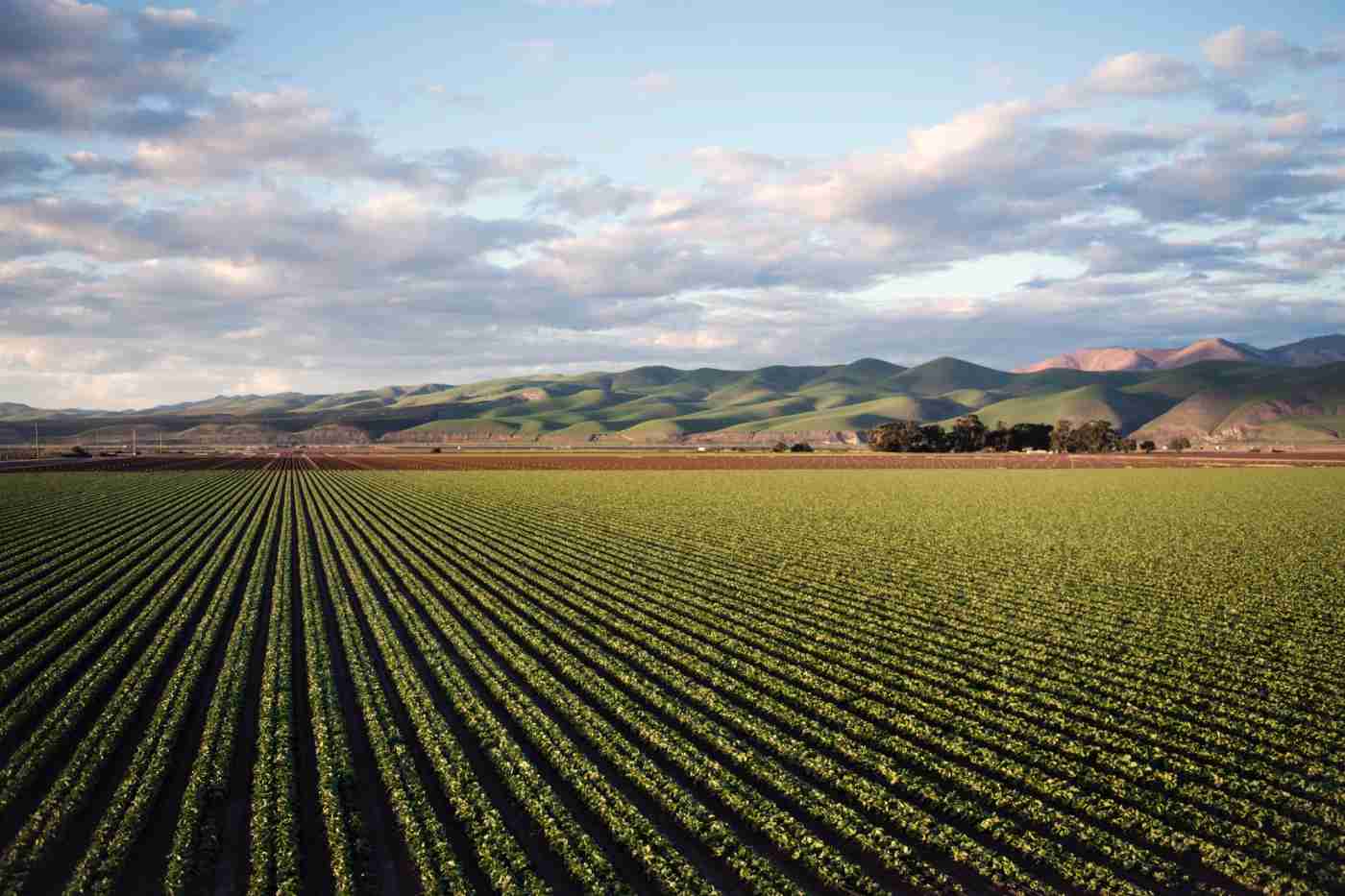This article enfolds the monoculture meaning, its advantages, disadvantages, and some other essential matters connected to the topic.
Monoculture farming is one of the most debatable topics in today’s agriculture industry. It is founded on growing only one kind of crop at one time in a specific area. Monoculture planting increases the structured help of soil and local climate conditions.
When it’s time to talk about monocultural crops, it is significant to mention that actually if a separate estate is cultivated on a given field acreage per year. The idea of cultivating only one crop in one area at a period is always guided by a monoculture.
Monoculture is generally utilized in industrial agriculture systems including conventional and living agriculture. It has permitted improved organization in planting and harvesting.
So, read carefully the article, you’ll learn all about this type of farming system. Let’s start from a general point and find out why monoculture farming is in the first place.
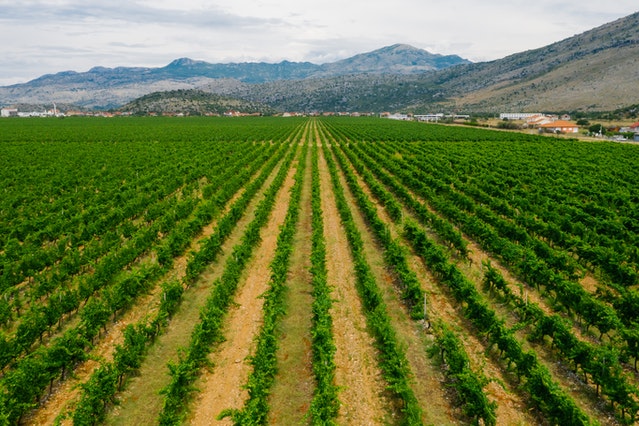
What Is Monoculture Farming?
Monoculture agriculture is one of the most debatable issues in today’s agriculture industry. This article covers these and some other crucial topics connected to the topic. Let’s start from a general point and find out why this farming is in the first place.
Monoculture is a great example of growing only corn or beans for the entire planting season. It entails an agricultural production system that is practiced at a single time. This type of farming system is used in industrial farming and organic farming.
However, it also improves the chance of disclosure to pests and diseases. As it concerns the growth of a single crop using the whole of the land, it highlights the crop field in trendy agricultural performance.
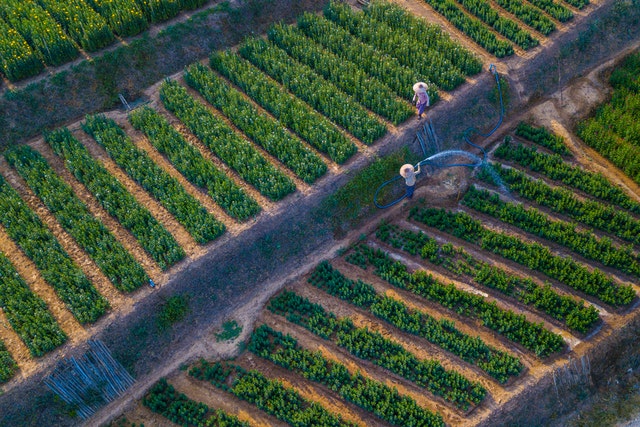
Advantages:
Using a monoculture system in agriculture obtains several advantages and disadvantages. Here we discuss some economic and environmental benefits of these farming methods such as improved productivity and efficiency, higher yields, management, and revenues, which are critical aspects of this sufferable farming.
1. Improved Productivity & Efficiency:
The monoculture plantation system increases the efficient use of soil and local climate conditions. Most time we see that the farmers prefer the crop that will flourish best in the regional conditions.
Here the optimistic results are that the plantation is frequently seen with such crops as rice and wheat which are produced in the flat area with proper sunlight and can flourish in clear weather conditions.
2. Simplicity:
Monocultures are very simple agricultural systems. It mainly concerns soil practices, irrigation, and the intake of chemicals where needed. Those are immersed in the importance of only one special crop. The areas are specialized along to the highest production of yields from the typical crop.
3. It Is More Profitable:
As only one specific crop is farmed at the same time, that means only one harvesting method will be needed. This farming method will be efficient and more fruitful for the farmers.
Crops are best fitted for the land and can be produced against drought, winds, and short growing seasons. The condition of agriculture is familiar for growing vegetables and other unique fruits on extensive lands.
4. Results In Higher Yields:
Each plant in monoculture farming goes through the same planting process, care, and harvesting process. Therefore, this farming method results in lower costs and higher yields. The method also results in lower costs on the function of the farmer as well as exceptional yields.
5. Easier to Manage:
This farming system is easier to manage as approximated to the polyculture method that grows only one type of crop that will demand less measure, ability, and resources than the cultivation of many sorts of plants.
It demands smaller machinery for soil practice. It also directs various kinds of machines while various crops are growing at the same time.
6. Higher earnings:
Farmers generally get benefit from higher revenues by increasing monoculture plants. They cultivate a single type of crop that will be fitted to growth in clear climate conditions. Farmers earn more profitable yields and higher income too.
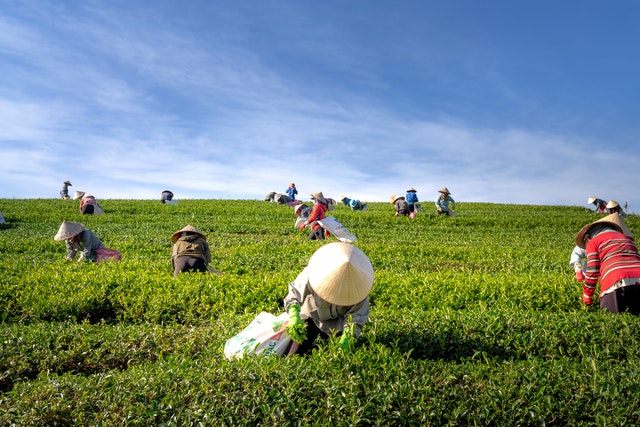
Disadvantages:
Having several specific advantages, the monoculture plantation system also has some disadvantages too. There are some conditions given below—
1. Post management:
Pests are more productive on the farmlands as only one type of crop grows on them year after year. Sticking to monoculture farming, farmers face more difficulties in terms of struggling with pest afflictions on the other fields.
2. Soil degradation:
Using chemical fertilizers in this farming destroyed the soil’s degradation. There remains no natural protection for the soil while the crops are harvested from erosion by wind or rain. Also, the topsoil doesn’t become refilled just because of eroding.
3. Higher pesticides use:
Monoculture crops are more possible to be impacted by pests. Pests can progress quickly through the place due to its less biodiversity. In reaction, farmers use higher quantities of pesticides and herbicides on the crop. And because of these, chemicals bleed into the base and degrade the soil and the groundwater. Therefore, this type of farming system overlooks boosts, actually better, the use of pesticides.
4. Higher fertilizers use:
By applying chemical fertilizers, farmers manage to artificially extend the fecundity of their affected farmlands. Therefore, it should be mentioned that a monoculture plantation grows a specific type of crop in the same area during the same period. They have to use more chemical fertilizers as from year to year such grounds are consumed in a developed way.
5. Higher water use:
It needs lots of water to irrigate the crops. For this basis, the soil is usually barren of the important layer of topsoil. Farmers have to utilize enormous quantities of this essential resource to action this loss of water.
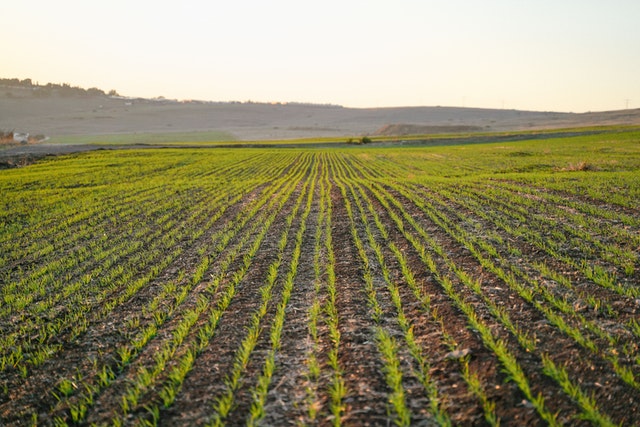
Examples Of Monoculture Farming:
Forestry:
In forestry, monoculture connects to the planting of individual plants. It supplies more well-organized harvesting and yields. It can be regarded as a dangerous incident because there is no variety in the proportions of plants where you would discover young and mature trees together.
Potato farming in Ireland:
However, the more significant case is in Ireland as there was noteworthy farming of Lumper which is a type of potatoes that was produced monoculturally. The Lumpers were inexpensive food. The Irish people used it to feed. The variety of potatoes was propagated vegetatively without genetic variation.
Banana farming in the US:
All the bananas are almost consumed and were grown monoculturally in the United States. Therefore, the farming method is rehearsed as it was well-organized. The farmed bananas with undersized germs were very more delicious.
By the 60s decade, farmers had to exchange various cultivated methods of bananas for a one-time in the same way. And that means conditions could also thrash them as their ancestors.
Cultivation of beans in Central America:
The Nicaraguan farmers lost trees to produce more area for farmland to produce beans. Rains become unstable by eliminating the forest. Then the extended period of a dry spell comes ultimately impacting the amount and the marker of the crops.
Large-scale production of corn:
Large-scale corn farming for retail intentions has become very popular in some countries in the world where corn is grown as a staple food.
Corn production is popular in Brazil and the US states like South Dakota, Lowa, Ohio, and some of the African countries. In these regions, there you can see that thousands of acres of land are committed to the production of corn.
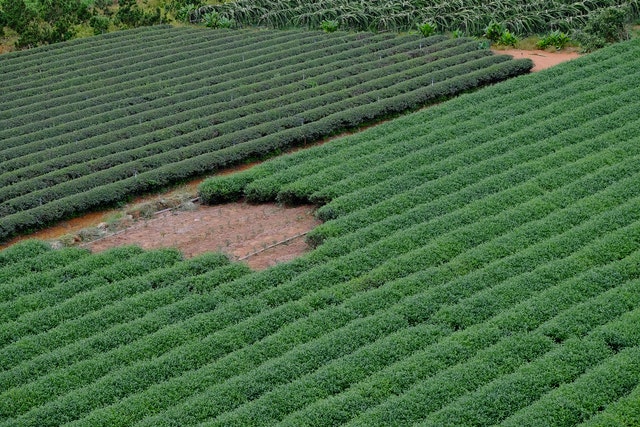
Financial Risks Of Monocultural Farming:
A farmer sets a stake in all the possible yield from the allocated land fields while they focused on growing monoculture crops only as this is fairly uncomplicated.
If there is something wrong with the growing crops, there will be no chance to survive the crops by leading themselves more strong and more flexible than others.
These farms can fail at once all their crops. Therefore, the income the farmers earned for the entire season may be fairly risky for them from a financial viewpoint.
Environmental Effects Of Monoculture:
Crops are cultivated and reaped to provide a family in most subsistence farming techniques. However, the crop in the monoculture plantation process is made for retail procedures. It gives a durable factor to the complete method of utilizing farmlands for growing crops.
Farmers usually utilize unsmart patterns with their monocultural farming as nicely. It will be mesmerized at lengthy to an immense number of goals. These destinations are international in many cases.
The international destinations significantly expand the number of transportation miles. These types of transportation seasons laboriously on fossil fuels which are the main supporters of environmental corrosion during flamed.
Using fossil power is also regarded as one of the major reasons for the greenhouse effect on the environment.
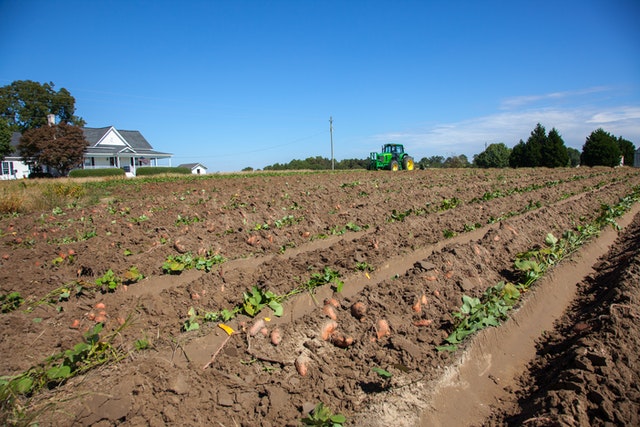
How Do Reduce The Effects Of Monoculture Farming?
The effect of monoculture farming relies on its power. A monoculture crop is produced on the farmland year after year without any modification. It is believed the most harmful condition of this farming tradition. It has the most significant result on the soil and the encompassing ecosystem.
Let’s see how to relieve the impacts of monoculture farming.
Implementation of crop rotation:
Exchanging various kinds of crops in a provided area may considerably support to keep away from some harmful results on soil in monoculture farming. Annually crop process breaks up pest processes and comes up with keeping the soil in terms of its arrangements.
Smart use of fertilizers:
Using compound fertilizers in the field, particularly in monoculture farming systems is very toxic to the ecosystem. There is no more to applying the same dose of fertilizer per acre. So, with current technology, fertilizers can be used in a much more intelligent way.
Therefore the EOS crop monitoring has a bounding component that permits the useful implementation of fertilizers simply in the places where they are actually required. This method is achievable when making a greenery map that indicates how nicely or poorly the plants are growing.
Moderate pesticides & herbicides using:
Using manufactured pesticides and herbicides not only harms the ecosystems but also resentfully affects the stakes of the growers themselves. With the expansion of using pesticides. So, the rate of soil becomes more deficient which results in a more inferior harvest.
The approving results of varying the methods of using this importance in the monoculture method can be boosted by the rotation process.
More efficient water use:
Using more efficient water is included in most critical cases in the farming section. As we know that a huge amount of water is used in the monoculture farming system. So, the solution would be to produce yields around the water flowage to reduce the runoff of water and to reduce the use of groundwater gripped by the soil.
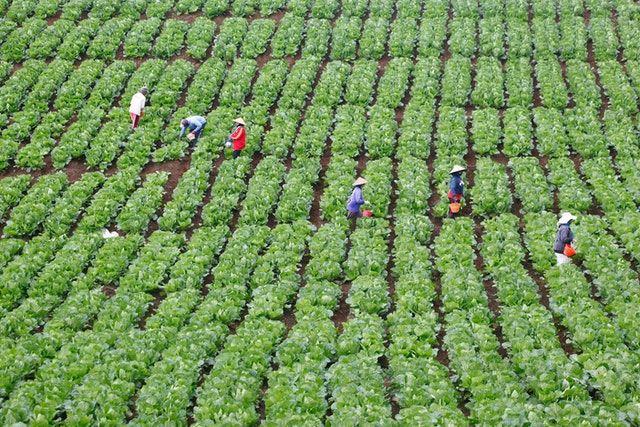
Conclusion:
To summarize, monoculture farming isn’t the most sustainable approach to farming and gardening. Even though it may be the lack of the hour to supply food protection for an ever-growing global population. Sure, there are some ways to facilitate the negative consequences of monoculture farming. To execute endurable accurate agricultural techniques, the world will finally need to move to new yet more practical approaches at the same time providing international food security.
